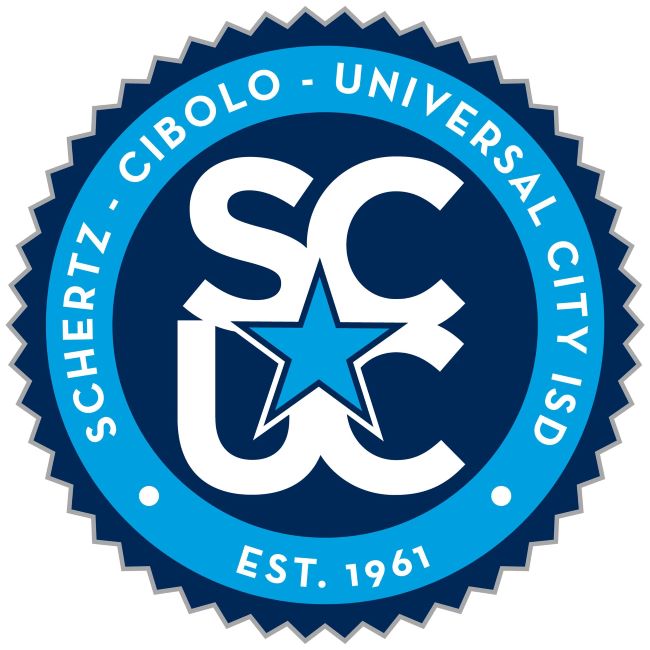Addressing Hiring and Staffing Challenges
HR staff are working hard to address ongoing staffing challenges brought on by the pandemic and more-than-typical mid-year resignations.
While there’s not a quick and easy solution to these problems, HR Services has compiled a list of tips that may offer some help. Given the near-crisis districts are facing in terms of staffing, it's time to rethink the usual processes and practices. Our top 10 things to consider changing are listed below:
- Stop requiring unnecessary or unrelated information from an applicant before an application is deemed complete (e.g., requiring an auxiliary applicant to submit a resume, requiring a substitute applicant to provide three employment references). Instead, streamline applications and collect only necessary information. For a substitute, this may be only employment eligibility. For an auxiliary applicant, this may only be brief questions to gain insight into an individual’s skills, knowledge, and background.
- Stop recruiting passively by only posting vacancies on the district website and failing to use popular online sites such as Indeed and ZipRecruiter.
- Stop setting unreasonable qualifications for certain positions. For example, requiring substitutes to have a college degree or teacher certification is not feasible now.
- Don’t forget to communicate or guide candidates through the fingerprinting process including supporting them in scheduling appointments and touching base frequently during the process. Districts also should pay for fingerprinting for all hard-to-fill jobs, including substitutes.
- Stop requiring multiple, redundant administrator sign-off of hiring recommendations. Make the process as streamlined as possible to get positions filled.
- Quit adjusting starting pay without considering the impact to current employees or the compensation plan. No doubt, educational entities are struggling to compete with other local businesses, but retention of current employees also must be a priority. When districts increase teacher substitute pay mid-year to respond to hiring challenges, don’t forget to check pay against regular employees, like teacher assistants, and address compression problems.
- Don’t forget to provide a quality onboarding experience, even during these difficult times. Make time to inform new employees about all your district has to offer and check in with new employees periodically to measure engagement and offer support.
- Don’t overlook employment incentives such as referral bonuses for employees recommending an applicant for hire or an alumni bonus for those returning to the district after graduation. While these aren’t a long-term fix for staffing issues, they may provide short-term assistance.
- Stop applying a one-size-fits-all approach to flexible schedules or alternative work arrangements. While teachers and other staff must be on-site to perform their job, flexible work options help districts compete for talent in other positions.
- Don’t be afraid to explore creative ideas to increase your competitiveness or identify and communicate how you’re a unique employer. Now’s the time to try different things to fill your vacant positions.
During the current hiring challenges, quick fixes may be tempting and are worth exploring, but they’re not a long-term solution to staffing issues. While they may work initially, they may not be effective over time and could have unintended consequences. HR should use all the tools available to fill vacancies but also continue to think strategically and ensure changes are sustainable.

Karen Dooley
Karen Dooley joined HR Services in 2016. She provides oversight to a team of consultants providing staffing services, HR reviews, and other projects. She provides training and assists school districts with their HR-related needs. Dooley is a seasoned administrator with more than 17 years of HR experience in Central Texas districts as a coordinator, director, and assistant superintendent. She also worked as an assistant principal, counselor, and teacher, and holds a superintendent certificate.
Dooley received her master’s degree from Prairie View A&M University and her bachelor’s degree from Texas State University.
HR Services

Subscribe to HRX
Stay up to date with all the latest HR news and trends by joining the HRX mailing list!





